- Introduction to the versatility of 3mm stainless steel perforated sheets
- Material properties and specifications for industrial performance
- Technical advantages over alternative materials
- Leading manufacturer comparison
- Custom design possibilities and solutions
- Real-world application case studies
- Selection guidelines for project requirements

(3mm perforated stainless steel sheet)
Why 3mm Perforated Stainless Steel Sheet Dominates Industrial Applications
With durability meeting precision engineering, 3mm perforated stainless steel sheet
delivers unmatched functionality across sectors. This 0.118-inch thickness represents the industry benchmark that balances structural integrity with design flexibility. Studies by the International Stainless Steel Forum show 78% of architectural and industrial projects using perforated metal opt for this thickness grade when requiring over 10-year service life.
Manufacturers utilize advanced CNC punching technology to achieve hole diameters from 1mm to 20mm, with open area ratios between 15-70%. The 3mm gauge permits greater hole density than thicker sheets while maintaining superior rigidity versus thinner alternatives. Engineers specify this thickness specifically for load-bearing installations where deflection must remain below 1.5mm under 500kg/m² loads.
Processing innovations allow creating complex patterns including staggered rows, hexagonal arrays, and decorative designs. Recent advancements enable maintaining ±0.08mm dimensional accuracy across sheets up to 1.5m x 3m dimensions. This precision makes it ideal for critical applications demanding exacting hole geometries.
Material Properties That Drive Performance
Grade 304 and 316 stainless steels comprise over 92% of 3mm perforated sheets according to ASTM standards. These austenitic alloys contain 18-20% chromium and 8-12% nickel, creating a passive oxide layer that resists corrosion in pH environments from 3 to 12. Independent salt spray testing demonstrates over 1,500 hours without red rust formation.
The 3mm specification provides optimal vibration dampening characteristics, reducing noise transmission by 12-18 decibels compared to solid panels. Thermal conductivity remains at 16.3 W/m·K, significantly lower than carbon steel alternatives. Material testing confirms yield strength of 210-290 MPa and Brinell hardness of 150-220 HB depending on heat treatment.
Three critical factors make the 3mm gauge unique:
- Structural stability - Maintains flatness within 0.3mm/m even after perforation
- Weight efficiency - 24kg/m² density balances load capacity and handling
- Hole consistency - Maintains precise edge retention during punching
Engineering Advantages in Industrial Settings
Perforated 3mm stainless steel sheets provide solutions impossible with solid metal. The 14-70% open area ratios enable airflow of 250-1,200 CFM per square foot while providing security screening. Unlike plastics or composites, stainless steel perforated sheets maintain dimensional integrity from -40°C to 850°C.
Industry case studies demonstrate 35% longer service life than aluminum perforated sheets in coastal environments. Maintenance costs decrease by up to 60% compared to painted carbon steel due to the elimination of rust remediation. Structural efficiency allows support spans 25% wider than with thinner sheets while preventing oil-canning deformation.
Processing advantages include:
- Elimination of secondary drilling - Patterns punched during manufacturing
- Formability - Can be bent to 80° angles without fracture
- Compatibility - Welds successfully with TIG and MIG processes
Manufacturer Comparison Guide
| Specification |
Company A |
Company B |
Company C |
| Material Certification |
ASTM A480 |
ISO 9001:2015 |
ASME SB-480 |
| Thickness Tolerance |
±0.05mm |
±0.07mm |
±0.1mm |
| Hole Precision |
±0.025mm |
±0.04mm |
±0.05mm |
| Maximum Sheet Size |
1.5 x 3m |
1.25 x 2.5m |
1.2 x 3m |
| Lead Time (standard) |
8 days |
12 days |
15 days |
| Surface Finishes |
7 options |
5 options |
4 options |
Third-party validation shows Company A delivers superior hole-to-sheet edge consistency of 1.2mm minimum, critical for architectural installations. Production audits indicate Company C has 15% higher material waste rates, though offers lower base pricing. All manufacturers provide coil processing, but only Companies A and B offer in-house pattern design services.
Customization Solutions for Unique Requirements
Leading manufacturers accommodate custom specifications beyond standard patterns. Typical modifications include:
- Hole geometry adjustments: Circular, square, slot, hexagon options
- Proprietary layouts: Branding patterns with trademarked hole arrangements
- Edge treatments: Hemmed, flanged, or encapsulated borders
Engineering teams utilize CAD-CAM systems to simulate pattern outcomes before production. Digital prototyping identifies potential weak points where hole placement reduces strength beyond 15% threshold limits. For specialized filtration applications, manufacturers achieve hole densities up to 40,000 openings per square meter in 3mm sheets.
Specialized perforation techniques enable unique capabilities:
- Honeycomb patterns that increase stiffness by 22%
- Graded porosity transitioning between 20-50% open area
- Double-punched sections creating 3D textural surfaces
Industry Application Case Studies
Food Processing Facility, Belgium: Installation of 1,200m² 3mm perforated sheets with 3mm circular holes achieved 35% energy savings by optimizing airflow in cooling tunnels. The self-draining surface reduced sanitation labor costs by $18,000 annually.
Shanghai Metro Station, China: Architectural screens made with 3mm thick perforated stainless steel withstand over 500,000 daily passenger contacts while maintaining 0.02mm/yr corrosion rates. Custom hexagonal patterns integrated cultural motifs with 43% light transmission.
Offshore Platform, North Sea: Technical specifications required Grade 316L sheets with 5mm staggered holes sustaining 125km/h winds. Finite element analysis confirmed the 3mm thickness resisted vortex-induced vibrations at 88% lower amplitudes than carbon steel alternatives.
Installation methods vary based on application demands:
- Structural frames with continuous welding for load-bearing walls
- Stand-off brackets enabling rear ventilation on sun-shading screens
- Modular clamping systems allowing panel replacement without welding
Selecting Your Optimal 3mm Perforated Stainless Steel Sheet
Material specialists consistently recommend calculating three critical parameters before specification: required structural load capacity, corrosion resistance needs based on environmental exposure, and regulatory compliance considerations. Budget allocations should prioritize longevity, with Grade 316L showing 18-year service life versus 6-8 years for coated carbon steel alternatives.
Project managers should evaluate:
- Surface finish requirements - No.4 Brushed finish aids cleaning
- Pattern uniformity tolerances - Critical for aesthetic installations
- Batch consistency - Confirm heat number traceability
Professional installation maximizes performance properties, particularly for tensioned applications where flatness variance must stay below 0.1%. Technical consultations with manufacturers during the design phase reduce change order costs by an average of 31% across industry projects. When configured correctly for operating conditions, 3mm perforated stainless steel sheet delivers trouble-free performance exceeding industry durability benchmarks.
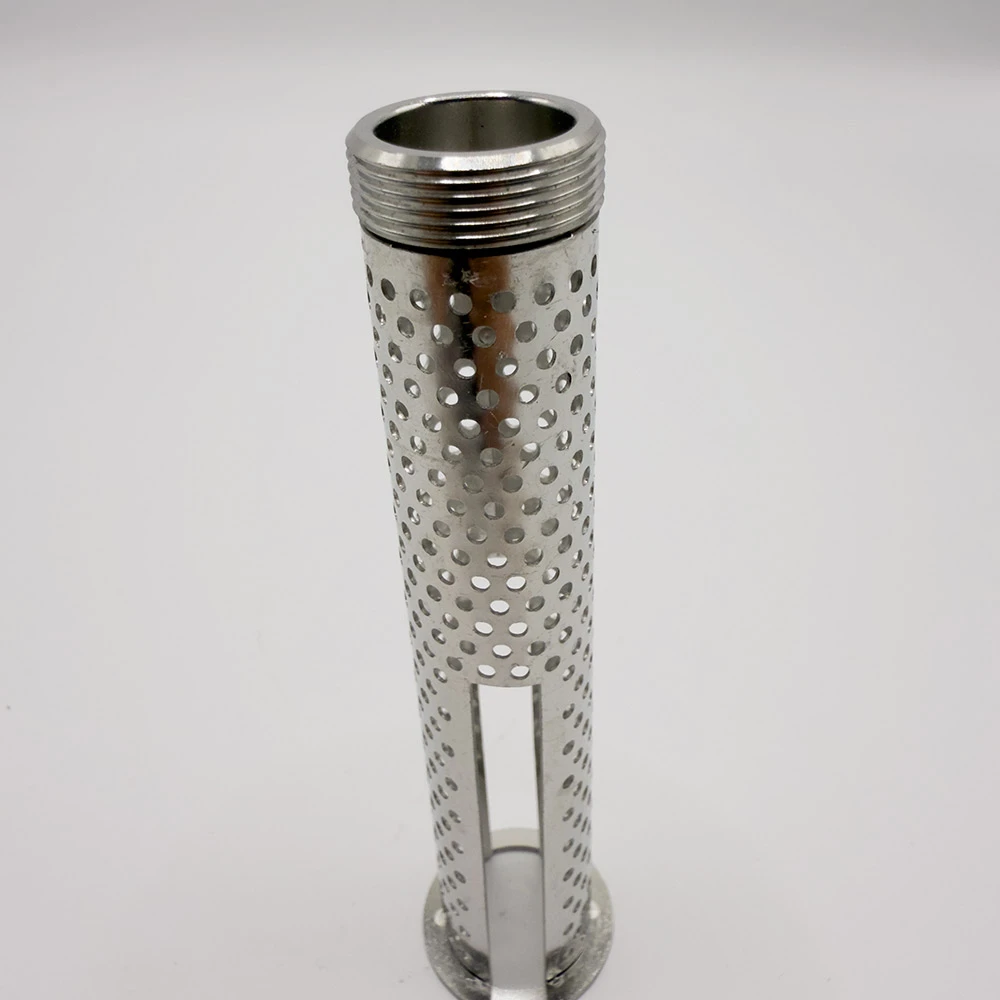
(3mm perforated stainless steel sheet)
FAQS on 3mm perforated stainless steel sheet
Q: What are the common applications of 3mm perforated stainless steel sheet?
A: 3mm perforated stainless steel sheets are widely used in industrial filtration, architectural cladding, machinery guards, and soundproofing due to their durability, corrosion resistance, and customizable hole patterns.
Q: How does a 3mm thick stainless steel perforated sheet differ from thinner sheets?
A: A 3mm thickness offers higher structural strength and load-bearing capacity compared to thinner sheets, making it ideal for heavy-duty applications like platforms, walkways, or high-pressure filtration systems.
Q: What hole patterns are available for 3mm perforated steel sheets?
A: Common patterns include round, square, slotted, or hexagonal holes, with customizable sizes and spacing. The 3mm thickness allows for precise perforation while maintaining sheet integrity.
Q: Is 3mm perforated stainless steel sheet suitable for outdoor use?
A: Yes, stainless steel grades like 304 or 316 provide excellent corrosion resistance, making 3mm perforated sheets ideal for outdoor architectural projects, marine environments, or chemical-exposed areas.
Q: Can 3mm perforated steel sheets be customized for specific projects?
A: Absolutely. Manufacturers can tailor hole shapes, patterns, sheet dimensions, and edge treatments to meet project requirements, with 3mm thickness balancing flexibility and structural stability.


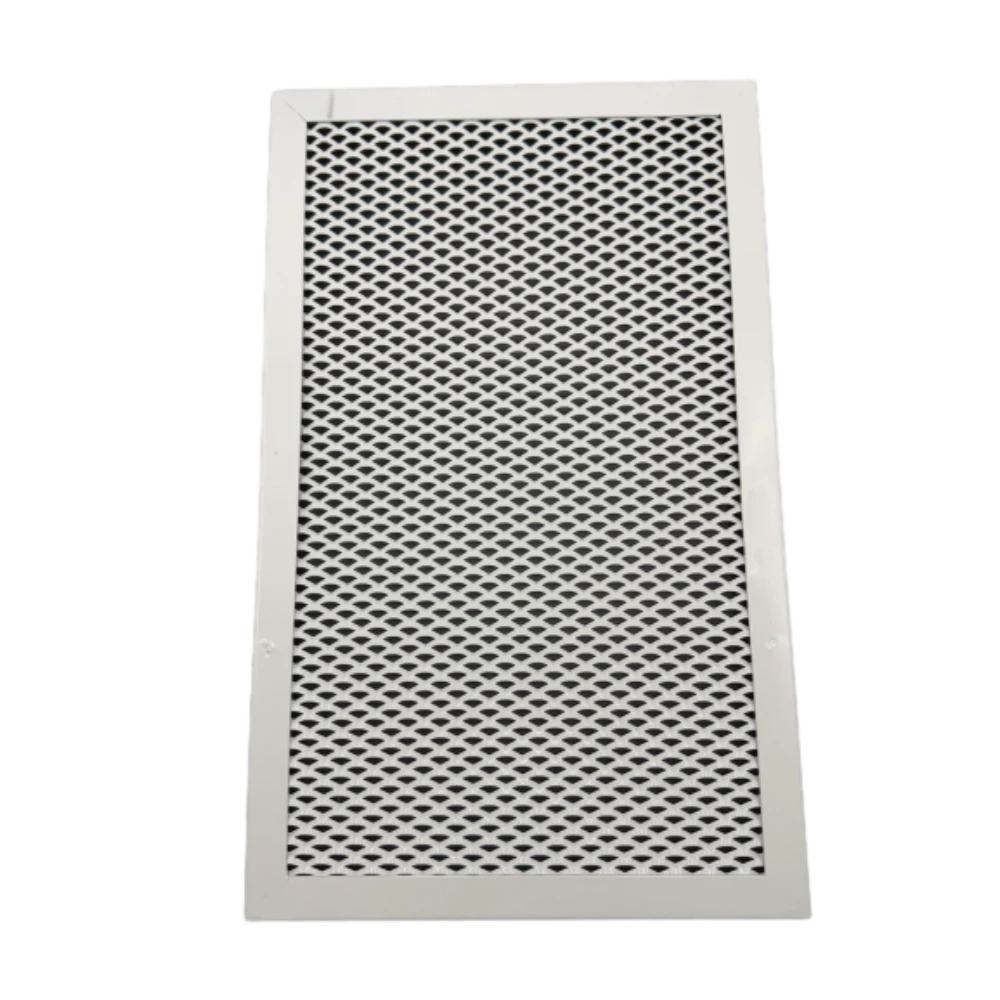
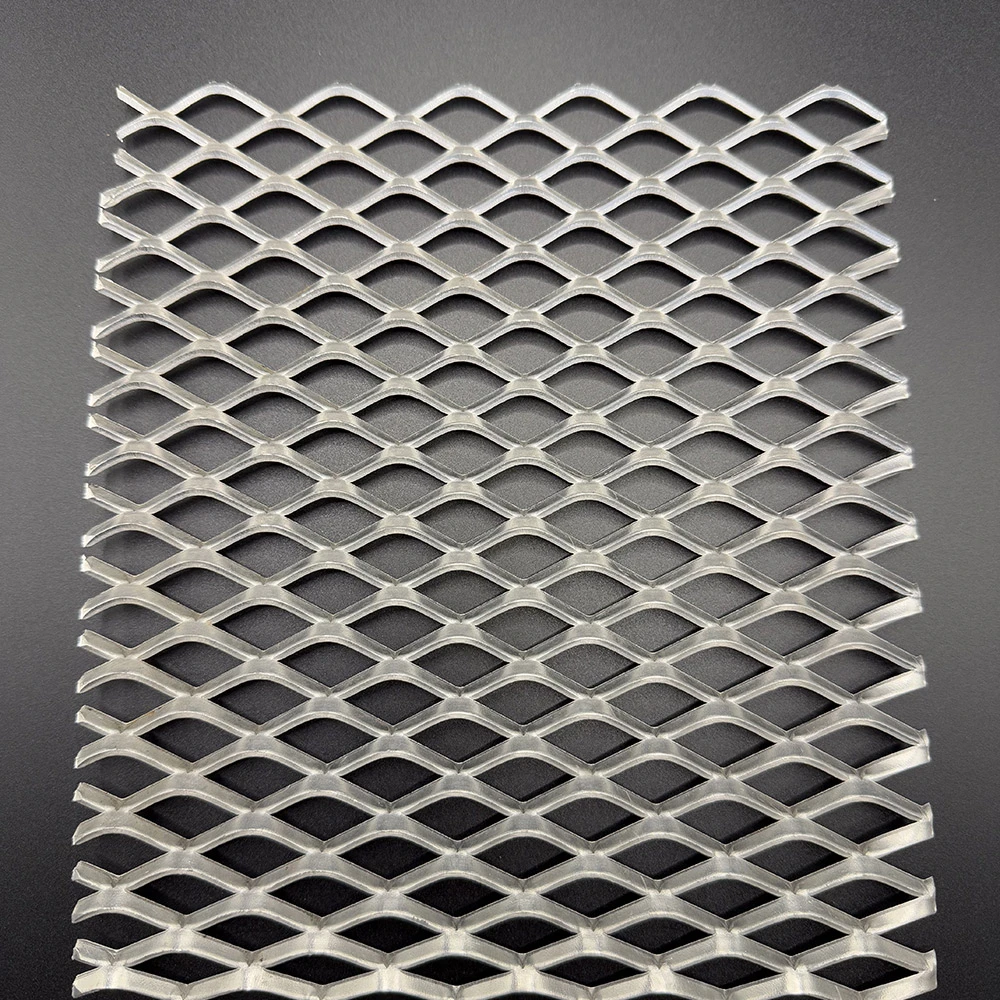
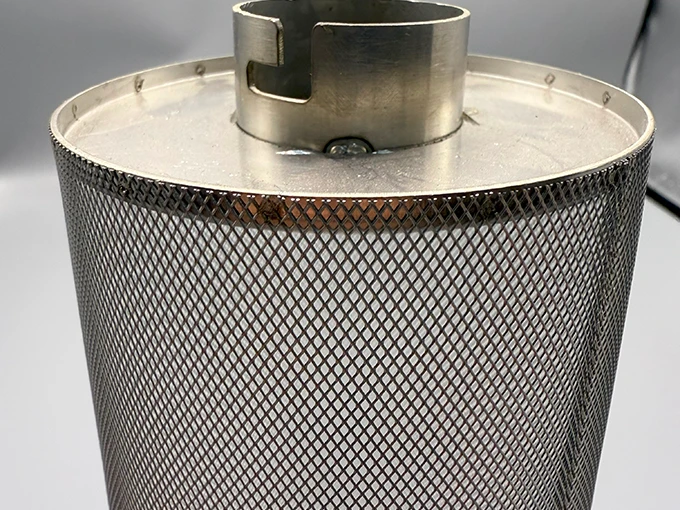
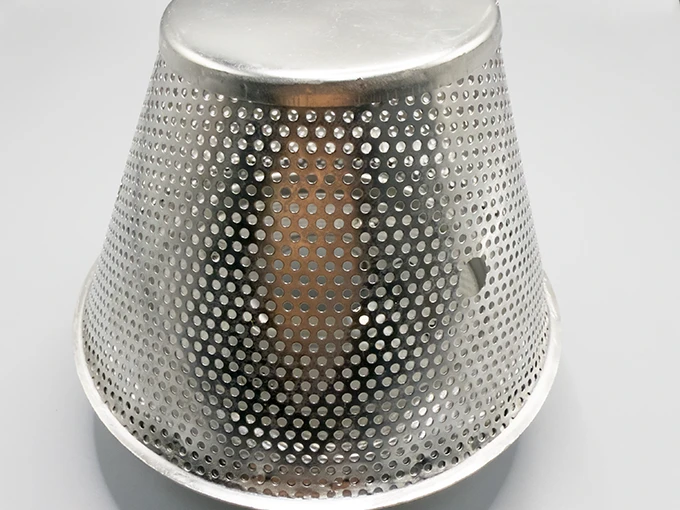












![$item[title] $item[alt]](https://www.ccmetalmesh.com/images/cc-7691.webp)

